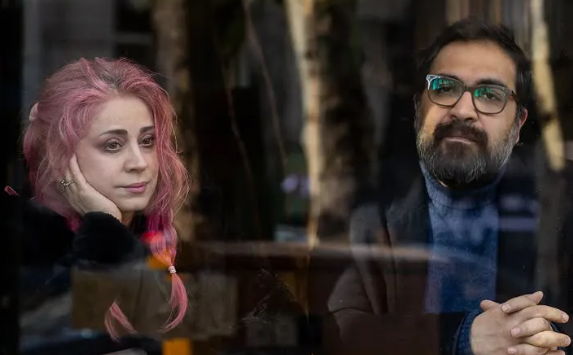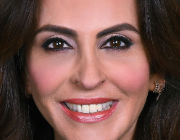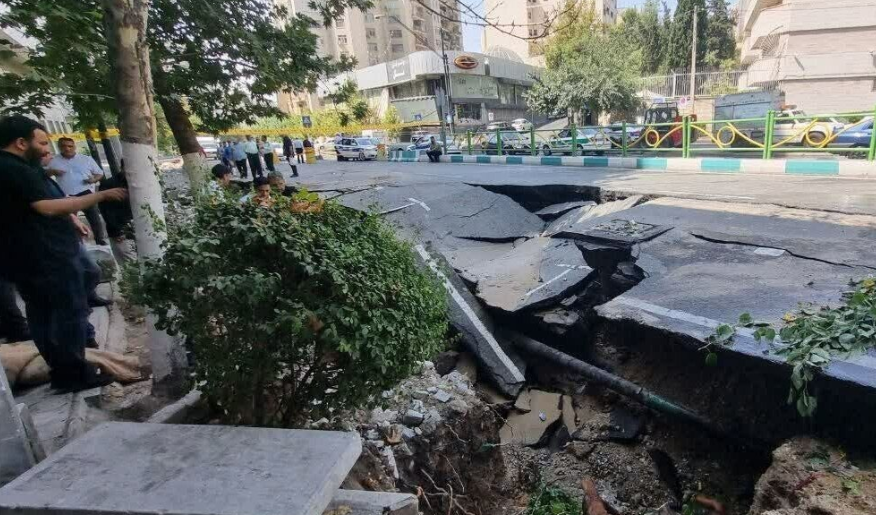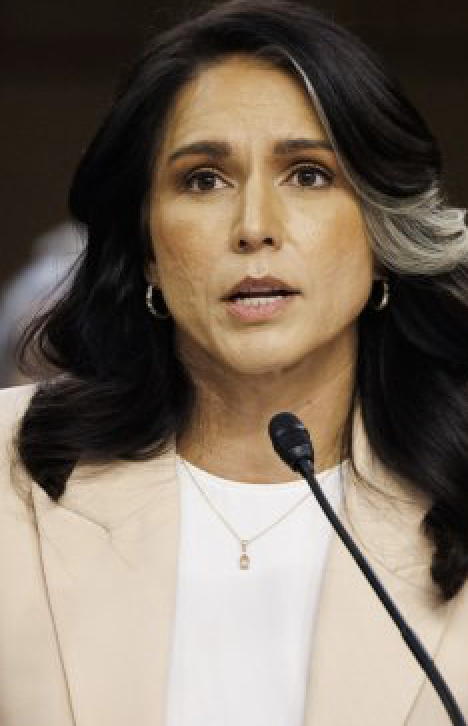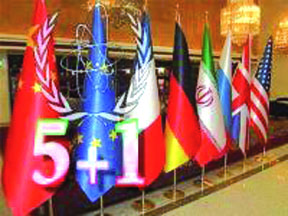December 20-2013
Iran’s new president, Hassan Rouhani, was elected to office with two distinct, though related, missions: to diffuse the tensions with the West over Iran’s nuclear program and to revive Iran’s economy that has been languishing under bad management and severe international sanctions. Last month his team, led by foreign minister Javad Zarif, won domestic and international acclaim for succeeding in sealing an interim agreement with the P5+1 world power in Geneva.
Traveling in eastern Iran, most people I talk to seem quite satisfied with Mr. Rouhani’s first 100 days, especially with what he was able to achieve in Geneva. But they are also very worried that he will not be able to deliver on the economy. Ordinary Iranians are happy with the accord not because it has delivered anything yet, but because they saw for the first time their negotiating team treated as emissaries from an independent country and not from a client state. After more than three decades of overt hostility with the United States, and bearing much hardship due to unilateral sanctions imposed by the US, this feels like an important victory worth celebrating no matter what it means for their pocketbook.
But the pocketbook is what will determine whether Rouhani will remain popular in the next year or two. Unfortunately for Rouhani, success in his second mission – reviving the economy – will prove much harder than reaching the interim agreement. For one thing, his election raised expectations about the performance of the economy to levels that are plainly unrealistic. Many people expect prices to roll back, not just for inflation to slow down – which it has. Inflation was less than 15 percent annually in November and has averaged less than 20 percent for the last six months, half the rate of the year before.
A few prices have gone down, thanks to the 20 percent rise in the value of Iran’s currency, the rial, since Rouhani’s election and the Geneva agreement, but these are only on imported goods, and, with inflation still quite high, the rial will stop its ascent and the prices of imported goods will not fall further.
Rouhani is trying to manage expectations and bring them down to realistic levels, mainly by painting a bleak picture of the economy he inherited from President Mahmoud Ahmadinejad. Grounded expectations will be key, particularly if negotiations with the West in the coming months do not go well.
Rouhani’s conservative opponents are doing a better job of lowering expectations than the president himself. This week they found powerful allies in President Obama and Secretary of State John Kerry, who, speaking at the Saban Forum in Washington, sounded outright hostile toward Iran (at least on the Iranian TV). The talk of renewed sanctions coming from the US Senate has added fuel to fire. I also notice more anti-American and anti-imperialist documentaries related to the Shah’s period on the state TV than usual.
Iran’s young and educated public is eager to rejoin the global economy, so it will take some effort to convince them that they already have been there, done that, and it was not good for them. But there is a bubble of hope here that seems very cruel to burst.
As most experts warn, Rouhani and his team face a tough challenge in turning the interim agreement with the P5+1 into a permanent deal, but this will seem like a piece of cake compared to the challenges he faces on the economic front. This is because only a part of Iran’s economic problems can be solved by the easing of sanctions. The larger part is domestic: Some are related to 8 years of management by Mr. Ahmadinejad, while others, like the millions of educated but poorly trained, unemployed youth, have deeper roots and will take much longer to solve.
In the very modest budget that Rouhani submitted to the parliament this week, he decided to dodge the issue of dealing with Ahmadinejad’s populist legacy for the time being. He promised to keep one program (cash transfers) going and said nothing about the other (the low-cost housing program called maskan mehr), though both are draining the public budget. He has reason to be careful with these programs: They are aimed at the poor, who have been least affected by sanctions relief in the Geneva deal because they do not buy automobiles, do not own shares in the booming petrochemical industry, and have no children studying abroad.
Rouhani’s focus on controlling inflation is quite sensible, and he has been successful so far in turning it around. His budget is austere – more than half as large in real terms as in the last “good year” under Ahmadinejad, 2011 – because it is aimed at restoring macroeconomic stability after a period of macroeconomic recklessness. But in pushing for austerity, he has to be careful with how the poor and the lower middle class, about half of all Iranians, will fare.
Achieving a long-term deal in the next five months requires not just negotiating with the P5+1, but also winning the battle against his critics at home. His real challenge, therefore, goes beyond reaching a deal with the West or selling it to Iran’s middle class. It is to convince the poor and working class that there is something for them at stake in a rapprochement with the West. If life turns more difficult for these groups in the next year or so, this will be a hard sell.
The only hope Rouhani has of improving the economy so that jobs and incomes trickle down to lower economic strata is for his real base of support, Iran’s business sector, to take up the slack left by the downsizing state. This is much more likely to happen if their access to the global system of trade and finance is restored quickly enough, something that the P5+1 should keep in mind if it, too, is interested in a long-term deal.
Djavad Salehi-Isfahani is professor of economics at Virginia Tech, nonresident senior fellow at the Brookings Institution, and Kuwait Foundation visiting scholar at the Harvard Belfer Center’s Middle East Initiative.


